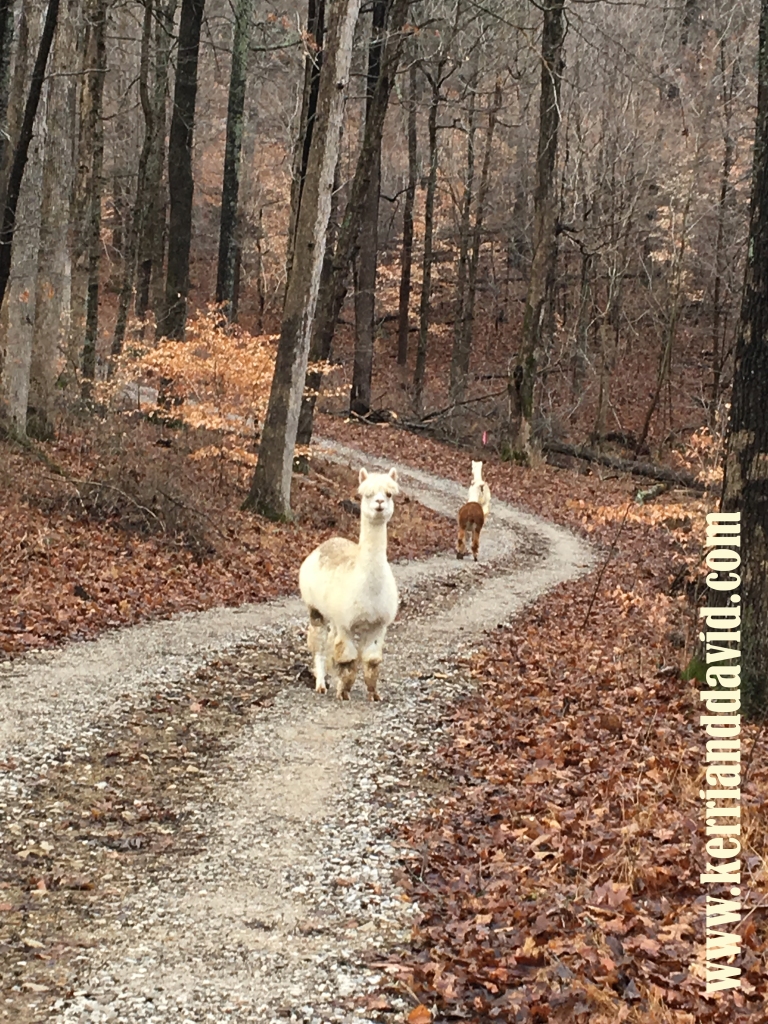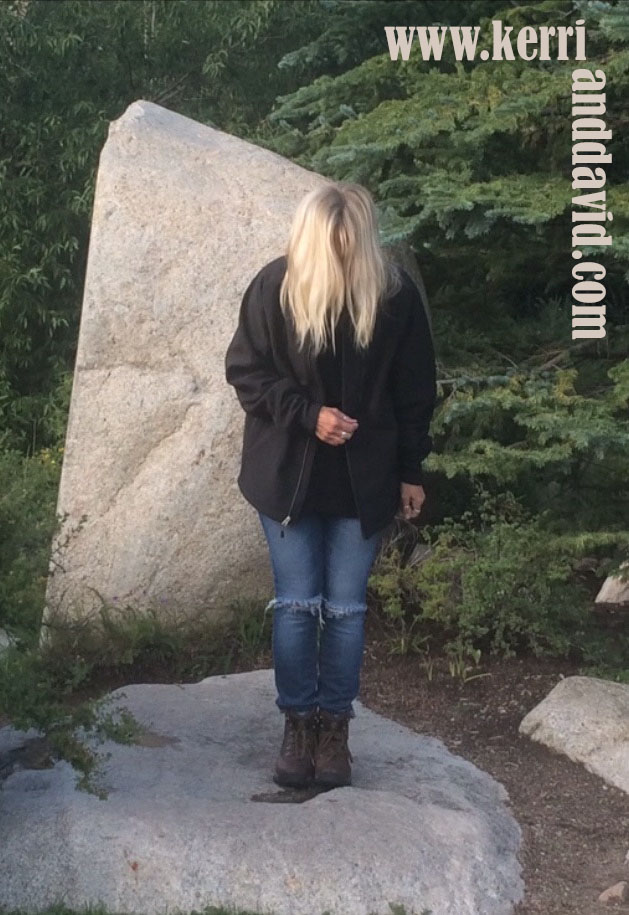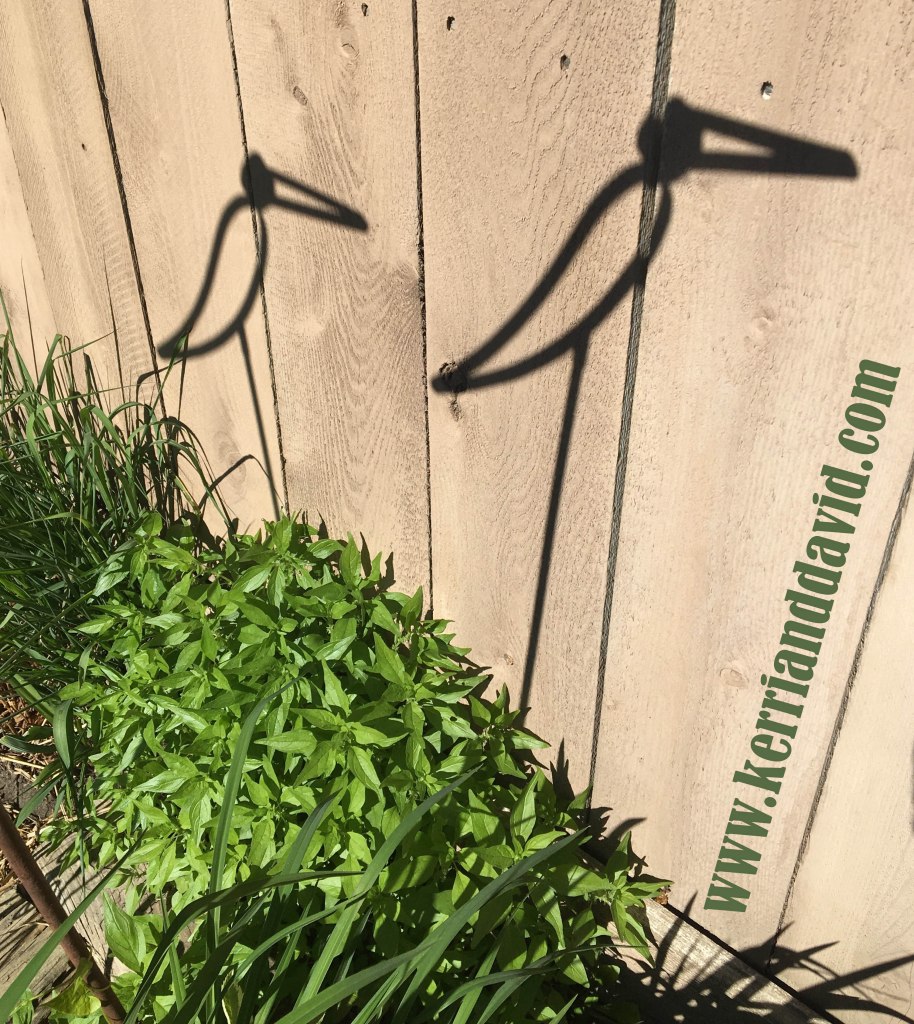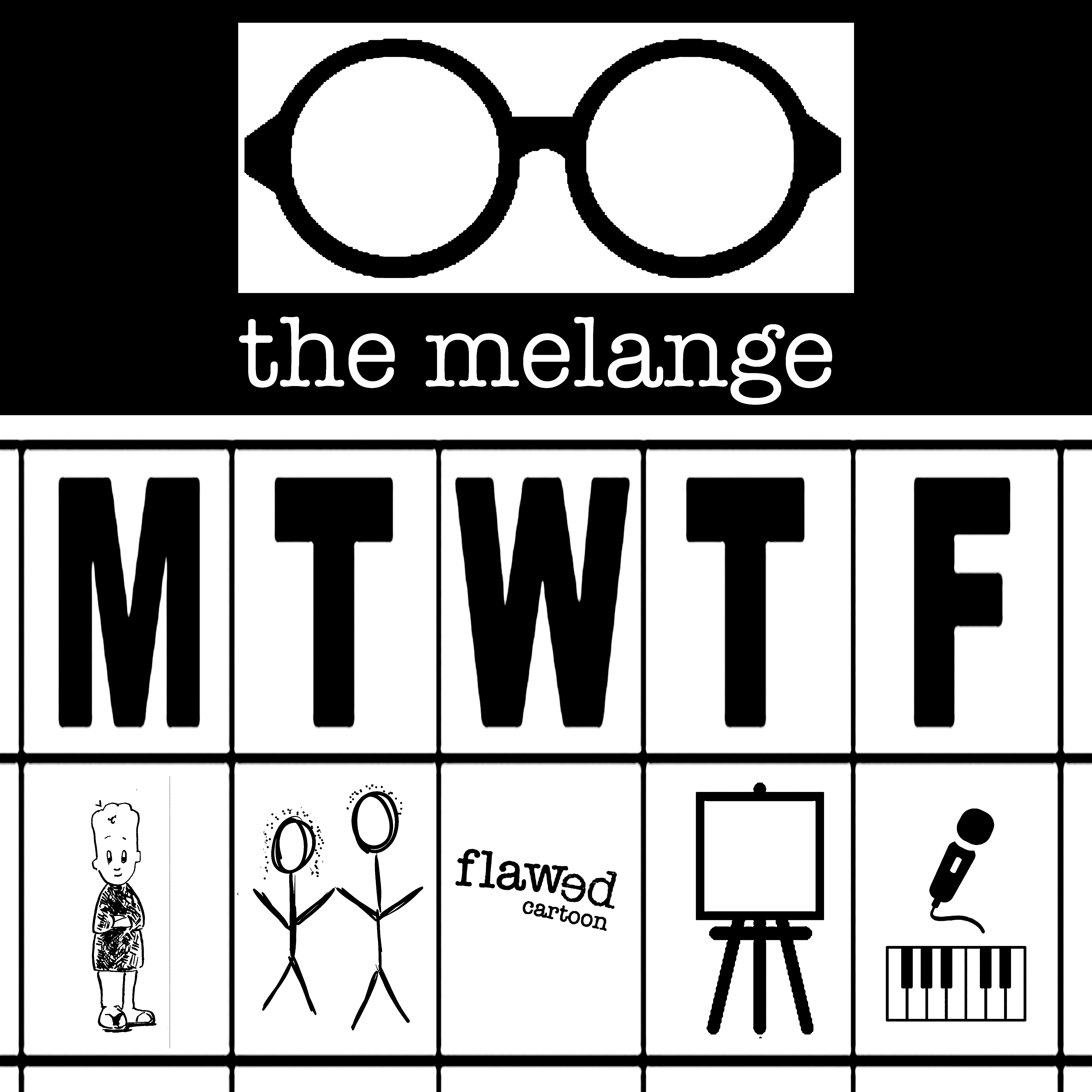Put on your swimmies for a dive into the esoteric.
It was hot last night so I lay awake thinking and that’s never a good thing for the people – like you – who pay attention to the random things I write or say. This is what I thought in the heat of the night: Saul always instructed me to look beyond my opponent and place my focus in the field of possibilities. “Look a hundred feet beyond your opponent,” he said.
It’s universally true that a mind needs something on which to focus. And, left untended, most minds will focus on complaints or problems. During my tilt-at-windmills-consulting phase I’d tease my clients with the notion that, rather than eliminate challenges, people create them. We need them. We call them hobbies. Or play. Or problems. After all, stories are driven by conflict and we are, at the base, storytelling animals. It’s worth noting that a great collaboration is not the absence of conflicting opinions but the capacity to use the heat of creative tension to find/discover a third way.
What does this have to do with Saul and the field of possibilities? A focus, to be useful, needs to be specific. What exactly does the field of possibilities look like?
The reason our untended minds sort to the negative is that the negative is usually concrete, an easy fixation. Fear is a clear picture – even when imaginary. Obstacles are easy to spot. Possibilities are rolling and amorphous. Changeable. It is the nature of a good possibility to shape-shift.
The masters of meditation mostly tell us to soften our focus. Or to let the thoughts roll through the brainpan like clouds; do not attach to what we think. Do not take ourselves so seriously. Practice flow instead of the hard fixing of thought.
And, therein is the source of my late night esoteria: the mind needs something to focus on. Or does it?
If I soften my gaze, if I look beyond the problem-of-the-moment to a vast field of floating possibility, am I tossing myself into a feedback loop? I lay awake wondering what the field of possibility might look like if it was graspable. Some people make vision boards for just this reason. Quinn used to hum and fill his mind with lyrics.
Tjakorda Rai laughed at me and told me I needed to “open my story.” At the time I thought he meant to take responsibility for my story. Now, I know exactly what he meant: let it flow. Get out of the way. The demons and monsters and fears and problems and challenges are…passing things. Story fodder, nothing more. So look beyond them. Flow. Focus on the flow. Open the story.
read Kerri’s blogpost about THE FOUNTAIN
Filed under: Flawed Wednesday, Metaphor, Navel Gazing, Possibility, Random, Uncategorized | Tagged: artistry, collaboration, conflict, david robinson, davidrobinsoncreative.com, esoteric, fear, fixed, flow, fluid, Kerri Sherwood, kerri sherwood itunes, kerrianddavid.com, kerrisherwood.com, meditation, mind, possibility, Saul, sense making, story, storytelling, studio melange, tai chi, the melange, water | Leave a comment »















